Meeting in Fordham University in New York, the National Black Catholic Clergy Caucus of the United States voted on Tuesday, July 24, 1990 to designate November as Black Catholic History Month. November marks a time when the Church prays for all saints and souls in loving remembrance, as well as a time to recall the saints and souls of Africa and the African Diaspora.
The decision to designate November as Black Catholic History Month, also depended on the fact that a number of important dates to Catholics of African descent fell within this month.
- Nov. 1 All Saints Day: an opportunity to review the lives of the hundreds of Saints of African descent in the first 300 years of the Church.
- Nov. 2 All Souls Day: a time to remember all those African lost to cruel treatment in the Middle Passage crossing of the Atlantic Ocean.
- Nov. 3 Martin de Porres became the first black American saint. He was canonized by Pope John XXIII on May 16, 1962. Throughout his life, St. Martin de Porres exemplified God’s love for all people, regardless of their level in society.
- Nov. 13 The birth of St. Augustine in 354 A.D., the first Doctor of the Church from North Africa.
- Nov. 20 The death of Zumbi of Palmares in Brazil, South American founder of a free state for Blacks.
According to the Pew Research Center, of the 200 million people of African descent in the Roman Catholic Church throughout the world, over 173 million of them live in the African continent. The largest percentage of growth in the Catholic population over the last 100 years, occurred in sub-Saharan Africa.
According to the United States Conference of Catholic Bishops, there are over 3 million African American Catholics in the U.S. Today, there are 250 African American priests, 437 deacons, and 75 men of African descent in seminary formation for the priesthood in the United States. There are 5 living African American bishops, of who two head U.S. dioceses. One of them, the Archbishop of Washington, was elevated to the College of Cardinals on November 28, 2020. There are also 400 African American religious sisters and 50 religious brothers in the United States.
History of Black Catholics
1565: St. Augustine, Florida
Blacks, both slave and free, help to found this oldest town in the United States. In 1693 Spain offers freedom in Florida to slaves who convert to Catholicism. Until 1763, these freed slaves lived in a community northeast of St. Augustine. Gracia Real de Santa Teresa de Mose, or Fort Mose, established in 1738, thus becomes the first free black town in the United States.
_____________________________ 1700's ________________________________
1781: Los Angeles
Governor Don Felipe de Neve recruits 11 families to settle on the Porciuncula River—now Los Angeles. The settlers are all Catholic, a mix of Africans, Spanish, and American Indians. Meanwhile, Maryland's black Catholic population grows to 3,000 as a result of Jesuit evangelization in the region.
_____________________________ 1800's ________________________________
1829: Oblate Sisters of Providence
A handful of women from Baltimore's Haitian refugee colony begin to educate local children in their homes. With the support of the archbishop, in 1829 they create the Oblate Sisters of Providence. The first superior is Elizabeth Lange, born in Cuba of Haitian parents. A later archbishop dismisses the need for an order of black religious, but the sisters find new advocates among the Redemptorists and in Saint John Neumann, then archbishop of Philadelphia. Their ministry spreads to Philadelphia and New Orleans.
1839: In Supremo Apostolatus
In this 1839 apostolic letter, Pope Gregory XVI condemns the slave trade as the "inhuman traffic in Negroes." Rome outshines the U.S. in race relations from the 17th to 20th centuries. Many U.S. bishops as well as men's and women's religious orders in this period own slaves, sometimes advocating for their proper treatment. Bishop John England of Charleston, South Carolina defends the American domestic slave trade, arguing that Pope Gregory's apostolic letter refers only to slaves imported by the Spanish and Portuguese. Though claiming he is not personally in favor of slavery, he says it was a "question for the legislature and not for me."
1842: Sisters of the Holy Family
Founded by Henriette Delille and Juliette Gaudin in New Orleans, the Sisters of the Holy Family become the second religious order for black women. Biracial and of African descent, the founders are free people of color, at that time a separate class and culture above the slaves. The order ministers to poor blacks, educating and tending the sick. During an outbreak of yellow fever, the nuns heroically nurse the sick and are thus granted public recognition. But they are not allowed to wear their habit in public until 1872.
1889: Daniel Rudd Calls Black Catholic Congress
In January 1889 almost 100 black Catholic men meet with President Grover Cleveland on the last day of the first black Catholic lay congress in U.S. history. Daniel Rudd, a journalist from Ohio and founder of the American Catholic Tribune, becomes a leader of black laity.
The delegates' statement calls for Catholic schools for black children, endorses temperance, appeals to labor unions to admit blacks, advocates better housing, and praises religious orders for aiding blacks.
Rudd also helps organize the first lay Catholic congress of the entire U.S. in 1889, where he insists that blacks be treated as part of the whole, not as a special category. Thus black Catholics made the social implications of Catholicism into a primary feature of the faith, a new and bold approach for the time.
_____________________________ 1900's ________________________________
1909: Knights of Peter Claver
The fraternity of the Knights of Peter Claver is established by the work of Josephite priests as a parallel to the Knights of Columbus. It soon develops chapters for women and young people.
1916: Committee for the Advancement of Colored Catholics
Led by Thomas Wyatt Turner, the Committee for the Advancement of Colored Catholics forms during World War I to care for black Catholic servicemen, neglected by both the Knights of Columbus and the black YMCA.
The U.S. bishops, despite requests from Rome to act on behalf of blacks during the race riots and lynchings of 1919, avoid the topic at their first annual meeting. In response, the committee publicly urges the bishops to denounce discrimination and consult with black Catholics, saying, "At present we are neither a part of the colored world (Protestant), nor are we generally treated as full-fledged Catholics."
1916: Handmaids of Mary
The Georgia state legislature introduces a bill prohibiting whites from teaching black students. Although the law eventually fails, a community of black sisters is formed to teach. In 1922 the sisters relocate to New York where they start a soup kitchen and begin educating local children. In 1929 they affiliate with the Franciscan Third Order, becoming the Franciscan Handmaids of the Most Pure Heart of Mary. Still active in Harlem, their ministries have spread elsewhere in the United States.
1920: First Seminary for Blacks
The Society of the Divine Word in Greenville, Mississippi, with the blessing of Pope Benedict XV, opens St. Augustine's, the first seminary for blacks. Some American bishops are still not convinced of the merit of a black priesthood.
1958: Denunciation of Racism | Brothers and Sisters to Us
American bishops denounce racial prejudice as immoral for the first time in their Pastoral Letter on Racism: "Brothers and Sisters to Us".
1965: March in Selma
Many Catholic clergy and women religious join the march in Selma, Alabama, marking the church's foray into the civil rights struggle for racial equality.
1968: First Black Clergy Caucus
Prior to the meeting of the Catholic Clergy Conference on the Interracial Apostolate in 1968, Father Herman Porter of the Rockford, Illinois diocese invites all U.S. black Catholic clergy to a special caucus. More than 60 black clergy gather to discuss the racial crisis and decide to form a permanent organization: The National Black Clergy Caucus.
They send a statement to the bishops strongly criticizing the church but clear in its expression of their devotion and hope. It lists nine demands for the church to be faithful in its mission to blacks and to restore the church within the black community. The caucus remains active today.
1985: Black Catholic Congresses
The National Black Catholic Congress is re-established in 1985 as a coalition of black Catholic organizations. In 1987, NBCC renews the tradition of gathering black Catholics from across the country. The first renewed congress, Congress VI (the first five took place in the 1800s), takes place in May of 1987 in Washington, D.C. NBCC holds a national congress every five years, and each event attracts growing numbers of attendees. Congress IX is August 29-September 1 in Chicago.
_____________________________ 2000's ________________________________
2018: Denunciation of Racism | Open Wide Our Hearts
American bishops once again issue a Pastoral Letter on Racism: "Open Wide Our Hearts: The Enduring Call to Love".
Black Catholic Sainthood
 Servant of God Sister Thea Bowman F.S.P.A.
Servant of God Sister Thea Bowman F.S.P.A.
A self-proclaimed, “’old folks’ child,” Thea Bowman, was the only child born to middle-aged parents, Dr. Theon Bowman, a physician and Mary Esther Bowman, a teacher. At birth she was given the name Bertha Elizabeth Bowman. She was born in 1937 and reared in Canton, Mississippi. As a child she converted to Catholicism through the inspiration of the Franciscan Sisters of Perpetual Adoration and the Missionary Servants of the Most Holy Trinity who were her teachers and pastors at Holy Child Jesus Church and School in Canton. These religious communities nurtured her faith and greatly influenced her religious vocation. Read more...
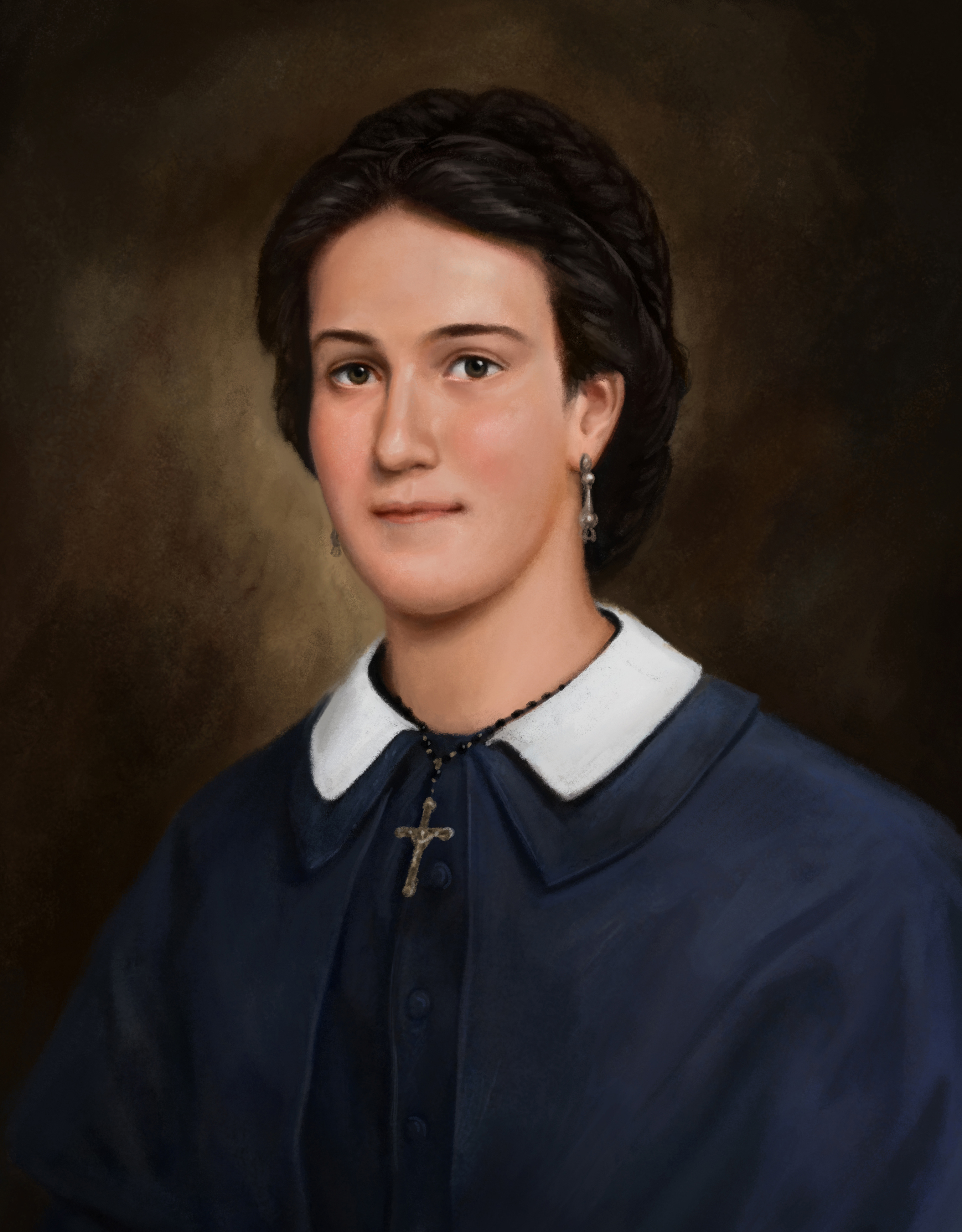 Venerable Henriette Delille
Venerable Henriette Delille
Henriette Delille, was born in 1812 in New Orleans, Louisiana, as a free woman of color. At 24 years of age, Henriette experienced a religious conversion, and proclaimed: "I believe in God. I hope in God. I love. I want to live and die for God."
Henriette eventually founded the Society of the Holy Family, responding to the need for treatment of the enslaved, elderly and sick, and care and education for the poor. Read more...
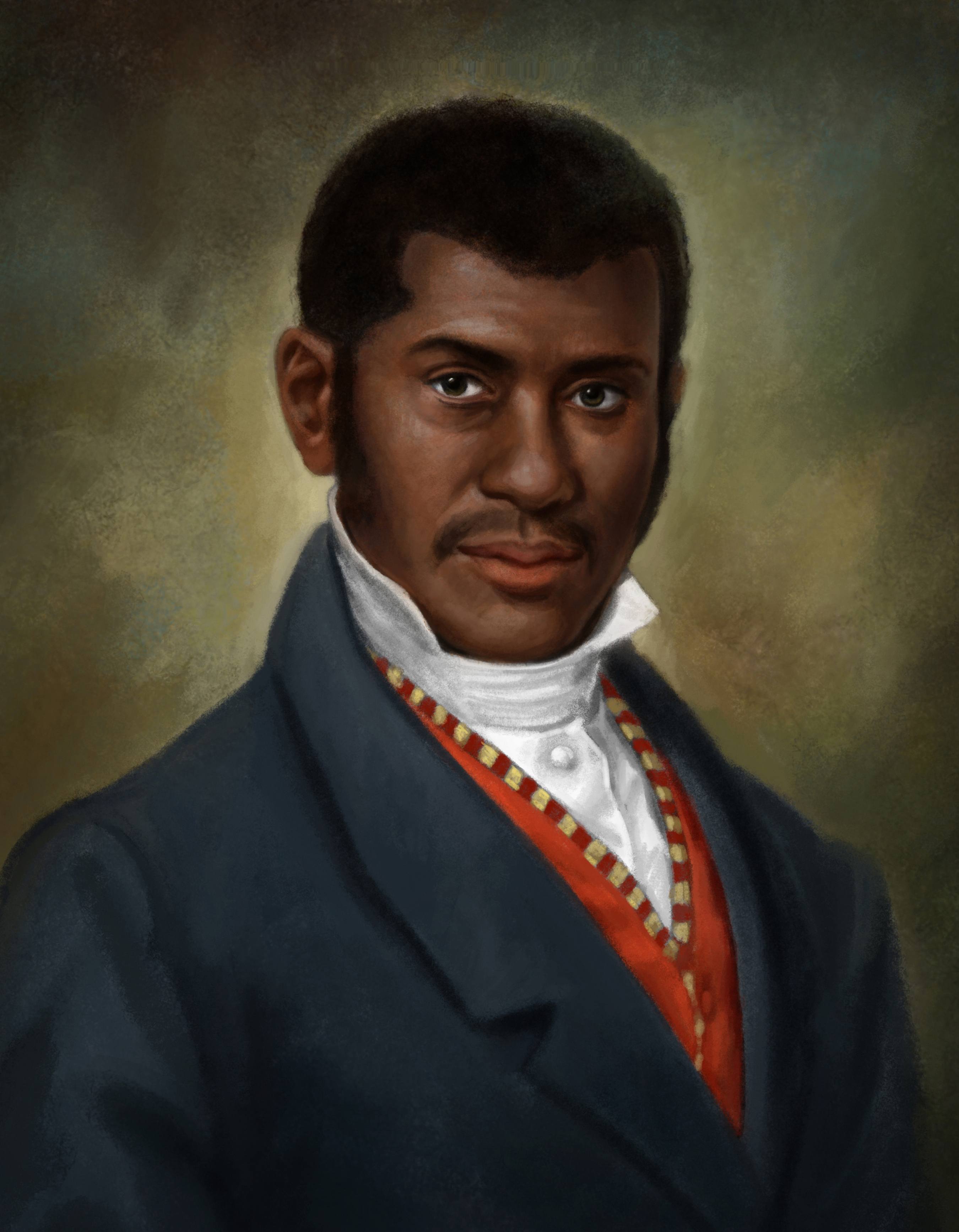 Venerable Pierre Toussaint
Venerable Pierre Toussaint
Pierre was born in Haiti and brought to New York City as a slave, where he died a free man. When his master died, Pierre supported his master’s widow and the other slaves himself, and was freed shortly before the widow’s death in 1807. Within the Catholic community, even during his lifetime, Toussaint enjoyed the reputation of an exceptionally devout and charitable person. Every day he attended the 6:00 a.m. Mass in St. Peter's Church, where he was a pewholder for many years. He also raised funds to build the original St. Patrick's Cathedral and St. Vincent de Paul Church. Read more...
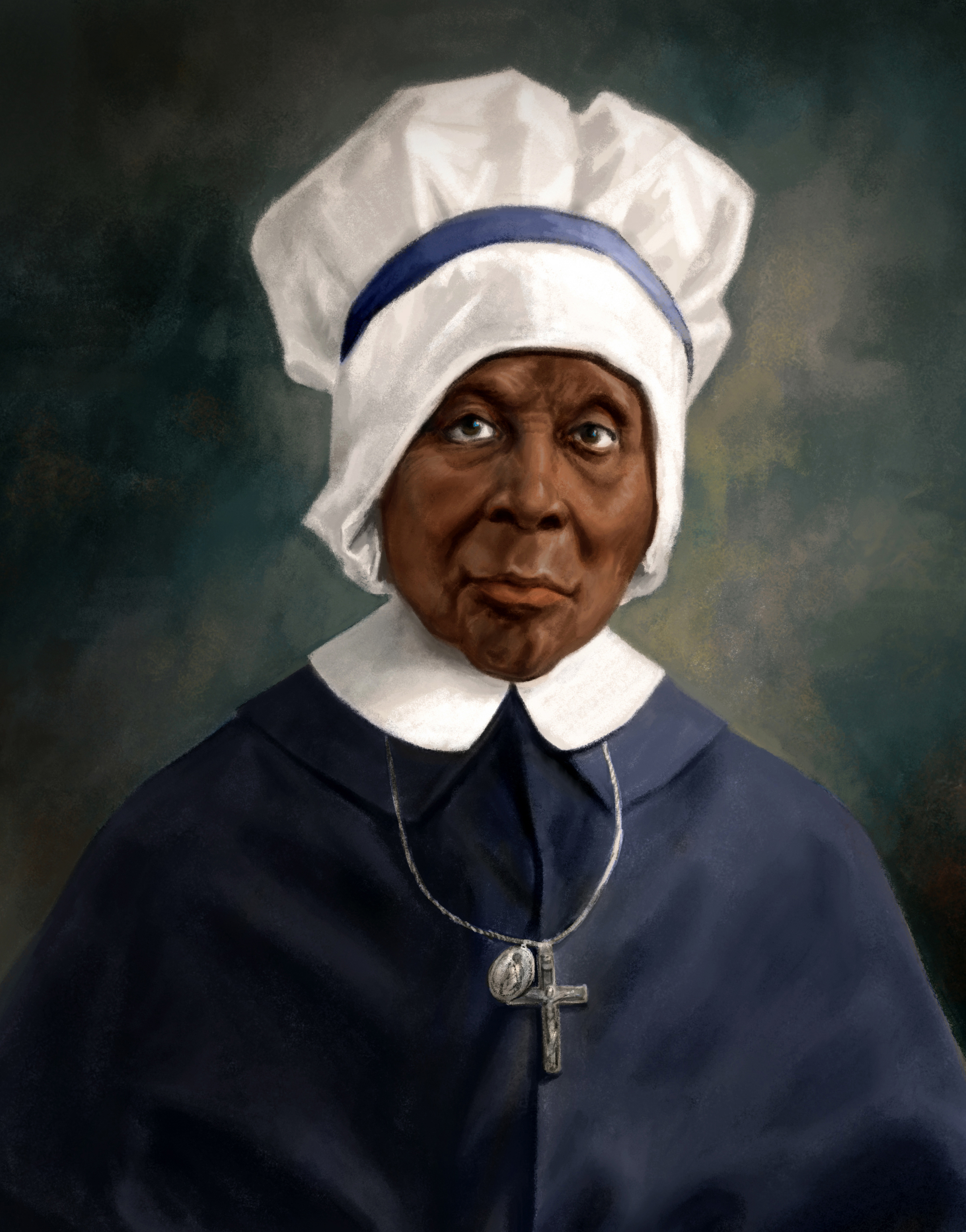
Servant of God Mother Mary Lange
She was born Elizabeth Lange in around 1794 in Santiago de Cuba, where she lived in a primarily French speaking community. She received an excellent education and in the early 1800s Elizabeth left Cuba and settled in the United States. Elizabeth came to Baltimore as a courageous, loving, and deeply spiritual woman. There was no free public education for African American children in Maryland until 1868, so she responded to that need by opening a school in her home in the Fells Point area of the city for the children.
On July 2, 1829 Elizabeth and three other women professed their vows and became the Oblate Sisters of Providence. Elizabeth, foundress and first superior general of the Oblate Sisters of Providence, took the religious name of Mary. Read more...
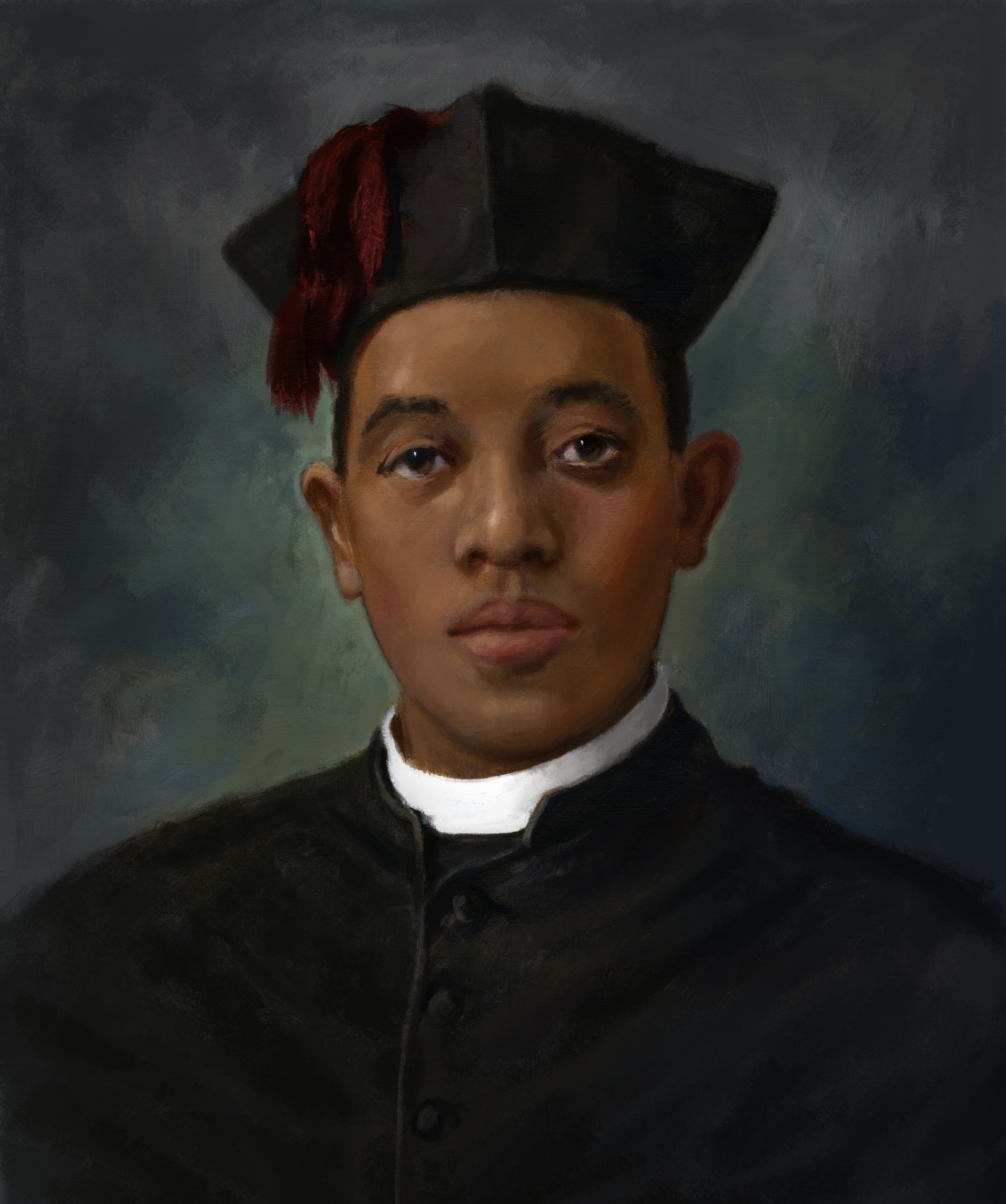 Venerable Father Augustus Tolton
Venerable Father Augustus Tolton
Augustus was born to two slaves, Peter Paul Tolton and his wife Martha Jane, on April 1, 1854. As Augustus grew older he began displaying an interest in the priesthood. His parish priests, Fathers McGuirr and Richardt, encouraged the young man in this aspiration and tried without success, to enroll him in several diocesan seminaries. Finally, in 1878, the Franciscan College in Quincy accepted him, and two years later he was enrolled at the college of the Propaganda Fidei in Rome. After completing his courses there, Augustus Tolton was ordained on April 24, 1886. Read more...
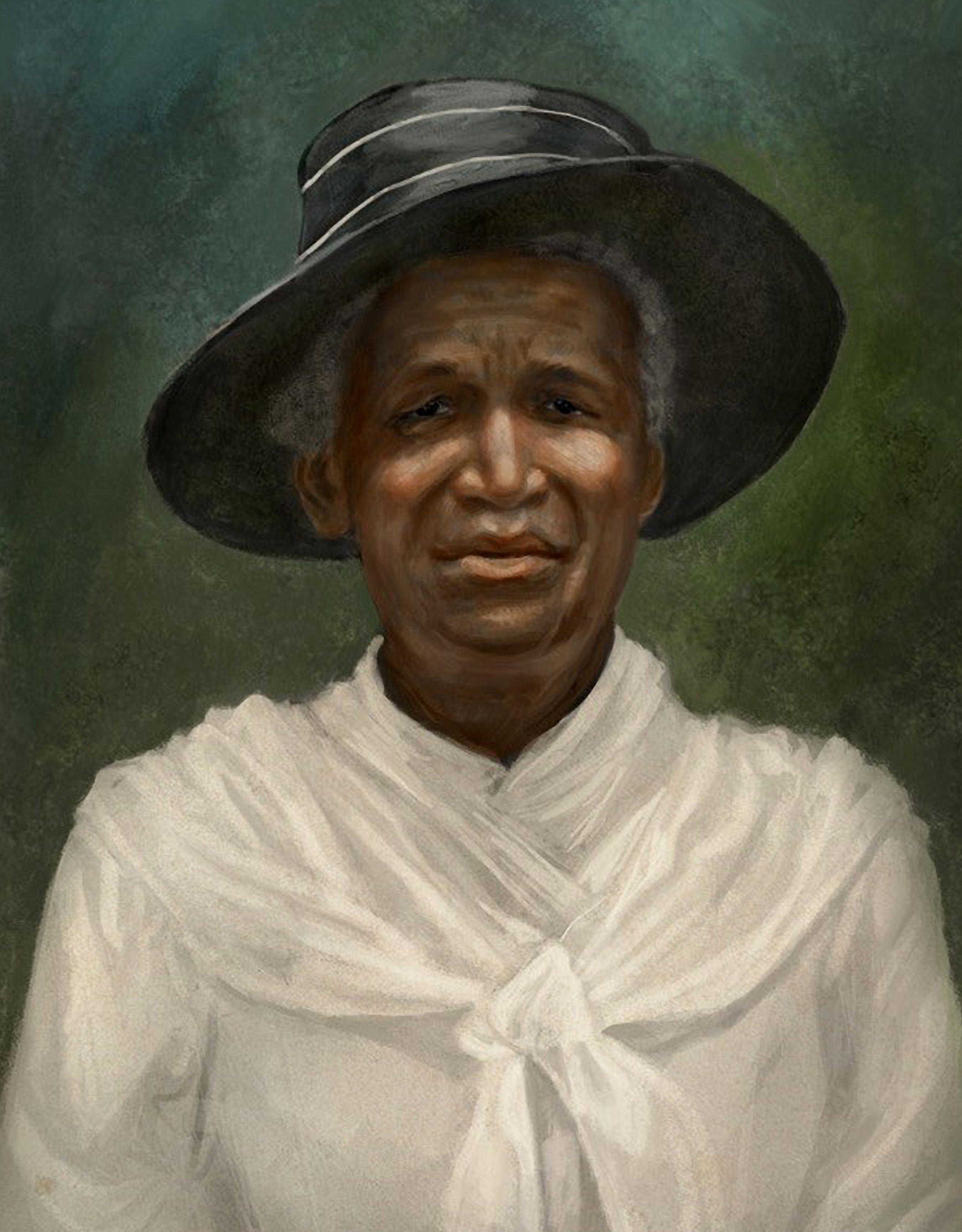 Servant of God Julia Greeley
Servant of God Julia Greeley
Freed by the Emancipation Proclamation in 1863, Julia subsequently earned her keep by serving white families in Missouri, Colorado, Wyoming and New Mexico—though mostly in the Denver area. Whatever she could spare, Julia spent assisting poor families in her neighborhood. When her resources were inadequate, she begged for food, fuel and clothing for the needy. To avoid embarrassing the people she helped, Julia did most of her charitable work under cover of night through dark alleys.
Julia entered the Catholic Church at Sacred Heart Parish in Denver in 1880. The Jesuits who ran the parish considered her the most enthusiastic promoter of devotion to the Sacred Heart of Jesus they had ever seen. Read more...
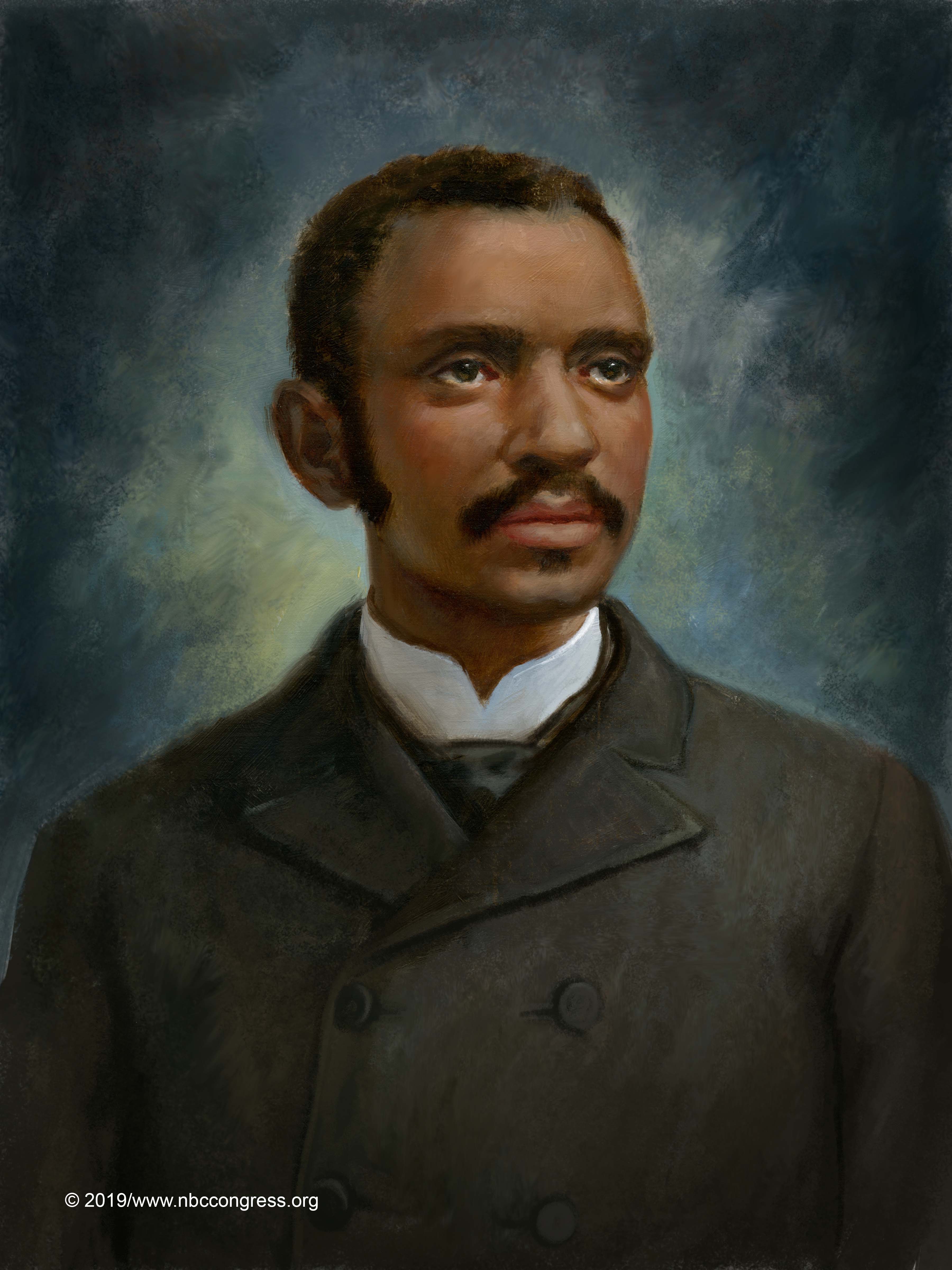 Daniel A. Rudd
Daniel A. Rudd
Rudd was born into the institution of slavery in Bardstown, Kentucky, in 1854. He was owned by Charles and Matilda Haydon, prominent Catholic citizens in the community. At the young age of four, he was valued at 250 dollars. Not long after the conclusion of the bloody Civil War his father died. Rudd subsequently moved to Springfield, Ohio, in order to complete his high school education. Despite the heartache of his early years, Rudd was inspired by the Catholicism of his youth, believing this egalitarian faith tradition could become a powerful force in reshaping both a “developing race” and a society infected with racial bigotry. Read more...
Source: National Black Catholic Congress
The History of Black Catholics in the United States by Cyprian Davis (Book)
The History of Black Catholics in America (Smithsonian Magazine)
On Kongolese Catholicism by Cécile Fromont (Book)
On Christianity and the Origins of White Supremacy (Podcast)
On Haitian Black Catholics in Miami (Podcast)
On Afro-Cuban Catholicism and Syncretism (Video)
There Are More Black Catholics in the U.S. than Members of the A.M.E. Church (The Atlantic)
Looking for classes to take? School of Theology and Religious Studies offers the following courses: TRS 321A The Church in Africa; TRS 327 American Catholic History; TRS328 Makers of Hispanic Catholicism; and TRS331 Theology and Human Rights in Latin America.
